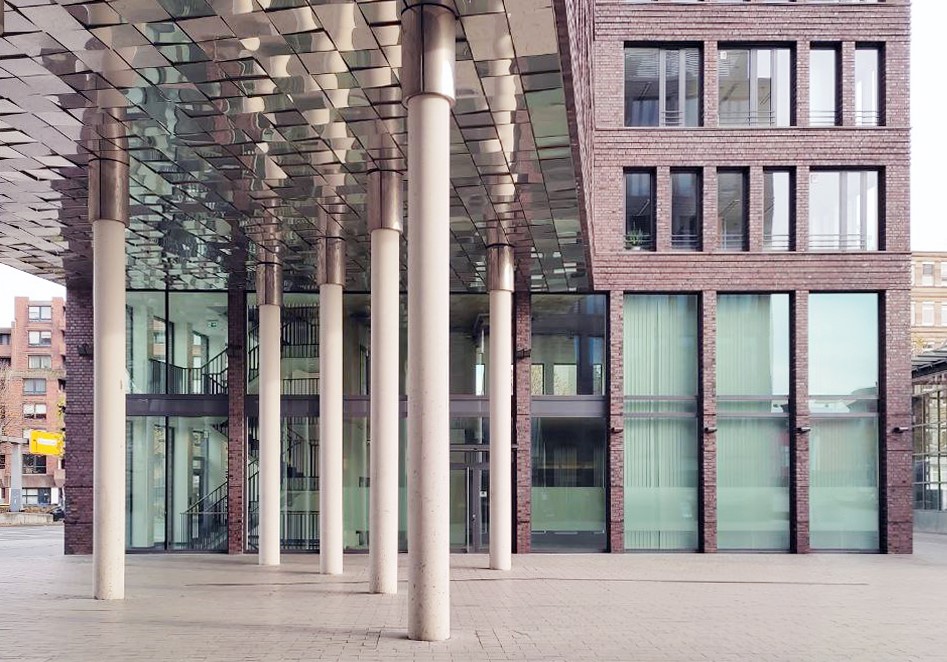Institution
Kunstvereine
With over 300 institutions, Kunstvereine are considered the most important platform for art mediation in Germany. With over 100,000 members and an audience from all backgrounds and regions, they are the civic backbone of contemporary art and have developed into a driving force for experimental art production in a globally unique diversity over the past few decades. If you would like to learn more about art associations and their work, please visit the website of ADKV.
The idea and practice of art associations were included in March 2021 in the nationwide list of intangible cultural heritage of the German UNESCO Commission.
Membership
The Kunstverein is a publicly accessible, membership-based institution. In only a few places is participation in artistic production as comprehensive as it is in a Kunstverein. The model allows for immediate and active engagement with artists and other art enthusiasts, as well as involvement with and exploration of relevant discourses, artistic, and societal topics. For members, the Kunstverein organizes special activities such as insights into exhibition setups, studio visits with young artists in the Ruhr area and Rhineland, day trips, and international travels to exhibitions and biennials. Membership.
Regional engagement
Furthermore, the Kunstverein is committed regionally through collaborations with local universities, the exhibition project Emerging Artists Dortmund, as well as being a member of the network Kunstvereine NRW. Through these activities, the Dortmunder Kunstverein also aims to promote the widespread influence of Kunstvereine. Additionally, through participation in juries and commissions, the team of the Kunstverein acts as an important link in the regional, national, and international cultural scene.
Venues
In the 1980s and 90s, the Kunstverein presented solo exhibitions by renowned artists such as Hanne Darboven, Joseph Beuys, Roman Signer, Richard Serra, and the Dortmund-born Martin Kippenberger at its changing locations. Today, the program increasingly focuses on young, yet-to-be-established positions in contemporary art.
Since May 2022, the Kunstverein's exhibitions have been held in the raw space of a building formerly used as an insurance office at Rheinische Straße 1. The spacious rooms now offer more space for solo and group exhibitions of contemporary positions across two floors. The conversion of the space took place in early 2023, with the reopening in late March 2023.

Previously, the Dortmunder Kunstverein was located just 100 meters away in the former administrative building of the beverage company Brau und Brunnen AG, which was added to the site of the current Dortmunder U between 2005 and 2007, adjacent to the already existing building complex. The Dortmunder U, also known as the U-Tower, was built in 1926/27 as the fermentation and storage cellar of the Union Brewery by the Dortmund engineer and architect Emil Moog. After the brewery's relocation in 1994, the city acquired the area in 2007 and converted the previously vacant U-building into a center for art and creativity as a flagship project of the European Capital of Culture 2010.
Photo: Roland Baege